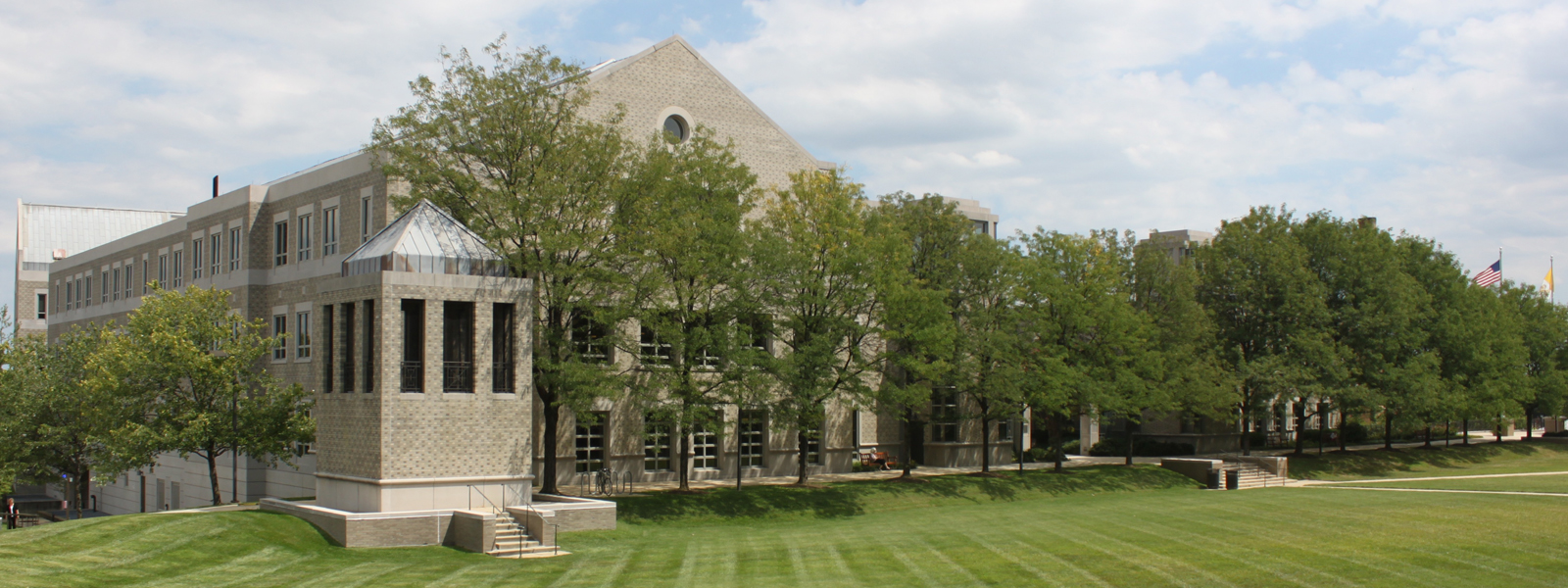
U.S. News has released its 2024* law school rankings. Catholic Law jumped 28 spots, tying us with one other law school for the largest gain in the country. We are now the third-highest ranked law school in the nation’s capital for the first time in our history, coming in at #94. Our part-time program also moved up in the rankings, climbing 12 places in just two years to #26.
As you may have seen from our school’s previous posts or elsewhere, the experts had predicted we would jump even higher, perhaps to #76, #77, or #82. However, U.S. News changed its ranking formula again prior to releasing this year’s list. The primary change that affected us is that the job-placement and bar-passage data are now being averaged over a two-year period (rather than using one year); otherwise our ranking would have risen higher. This positions us well for next year – assuming no more changes to the formula – as we already know that both our job-placement and bar-passage data will be even stronger for next year’s ranking.
Catholic Law will always be about far more than this one ranking. Just this year, Law.com placed us in the top-50 of schools sending graduates into BigLaw. We have always been proud of the comparatively high percentage of our graduates entering public service, and preLaw magazine again this year ranked our building in the top-10 in the nation. Beyond those accolades, and most important, we are a unique and especially supportive community in which our faculty, staff, and alumni are focused on student success, in law and life. The release of the U.S. News rankings today is just one of many indicators that Catholic Law is a school on the rise. I invite you to follow and contribute to our progress.
*U.S. News appears to have changed how it dates its rankings to make the year stated match the year the rankings are released, such that both last year’s and this year’s rankings were labeled “2024.”
